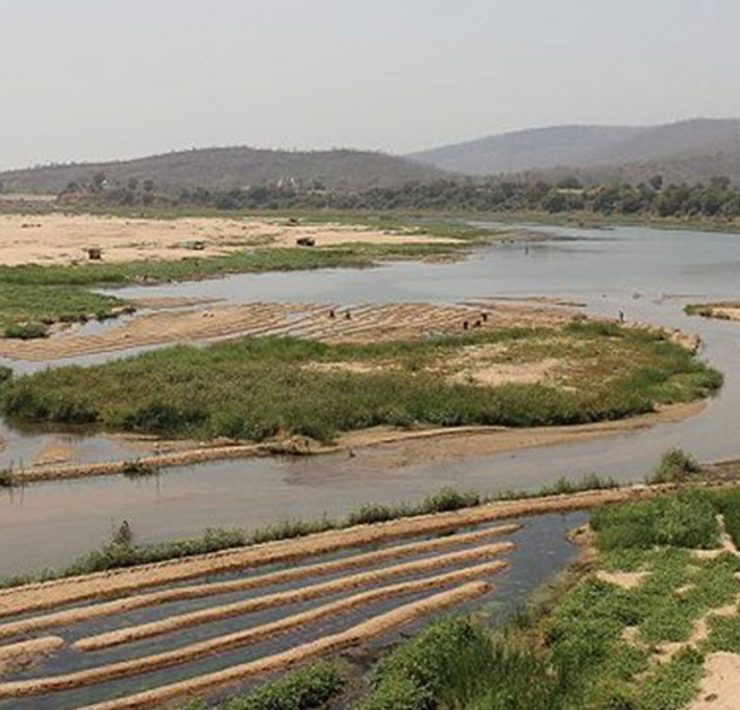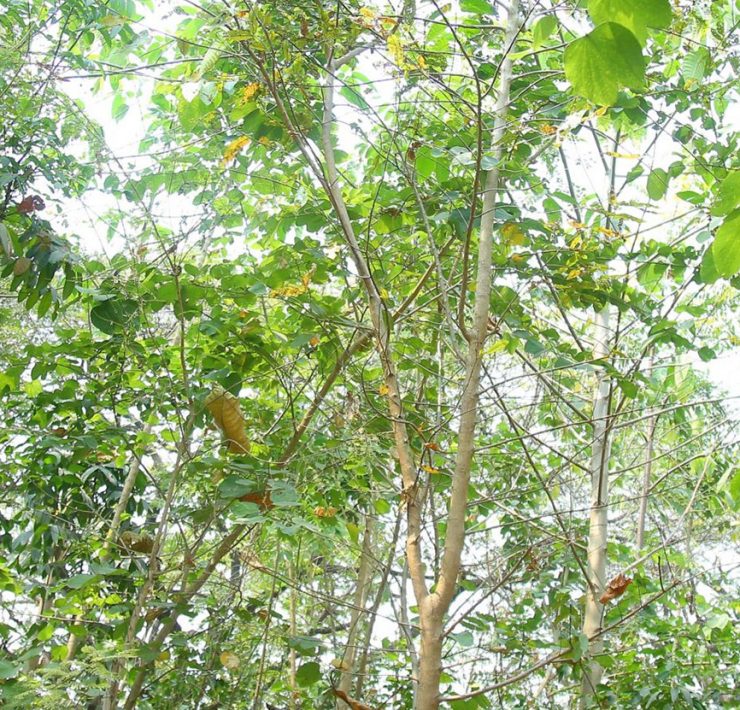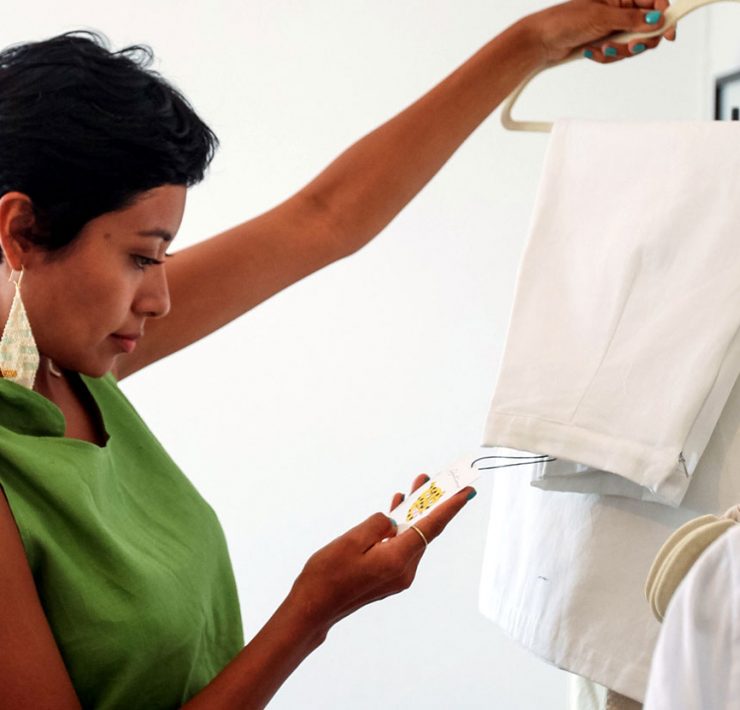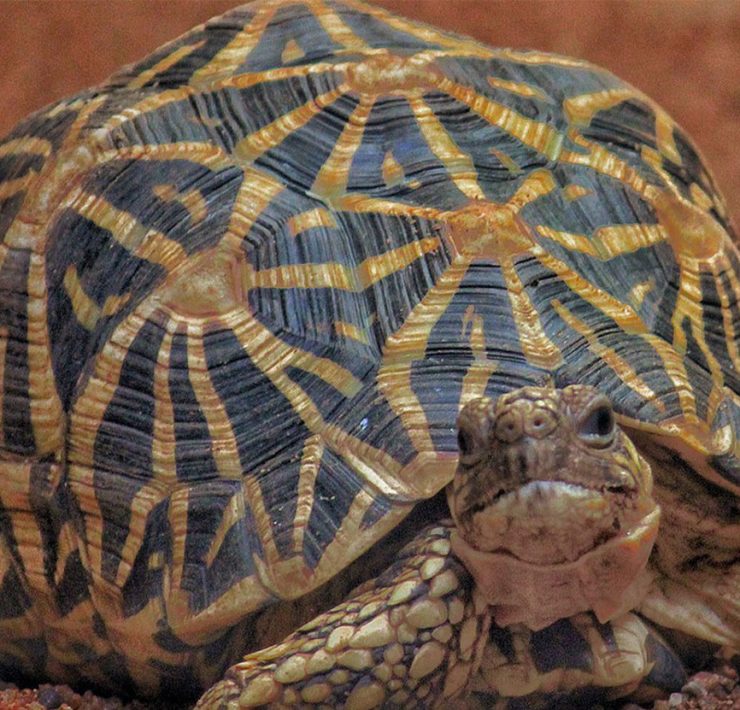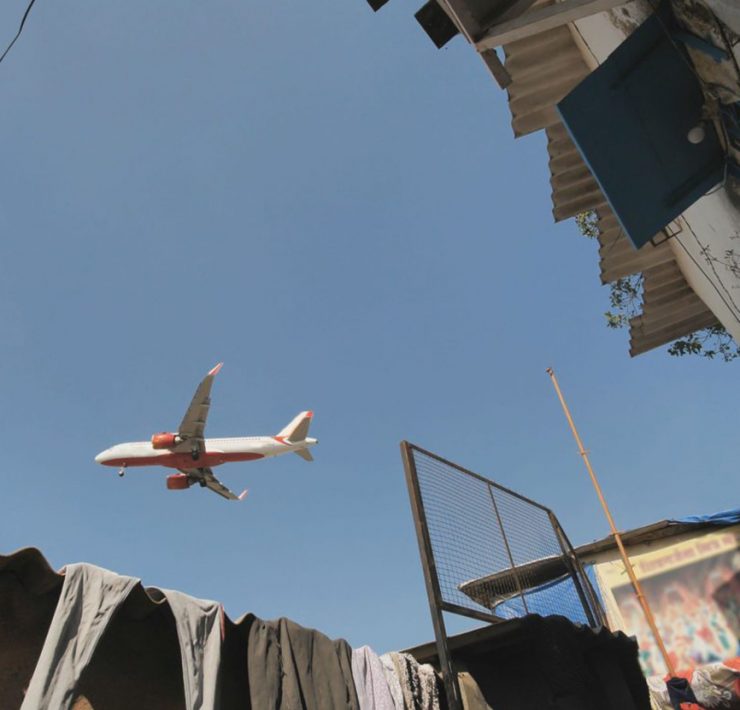[Commentary] Onam is a day to remember the environment to economics connect in Kerala
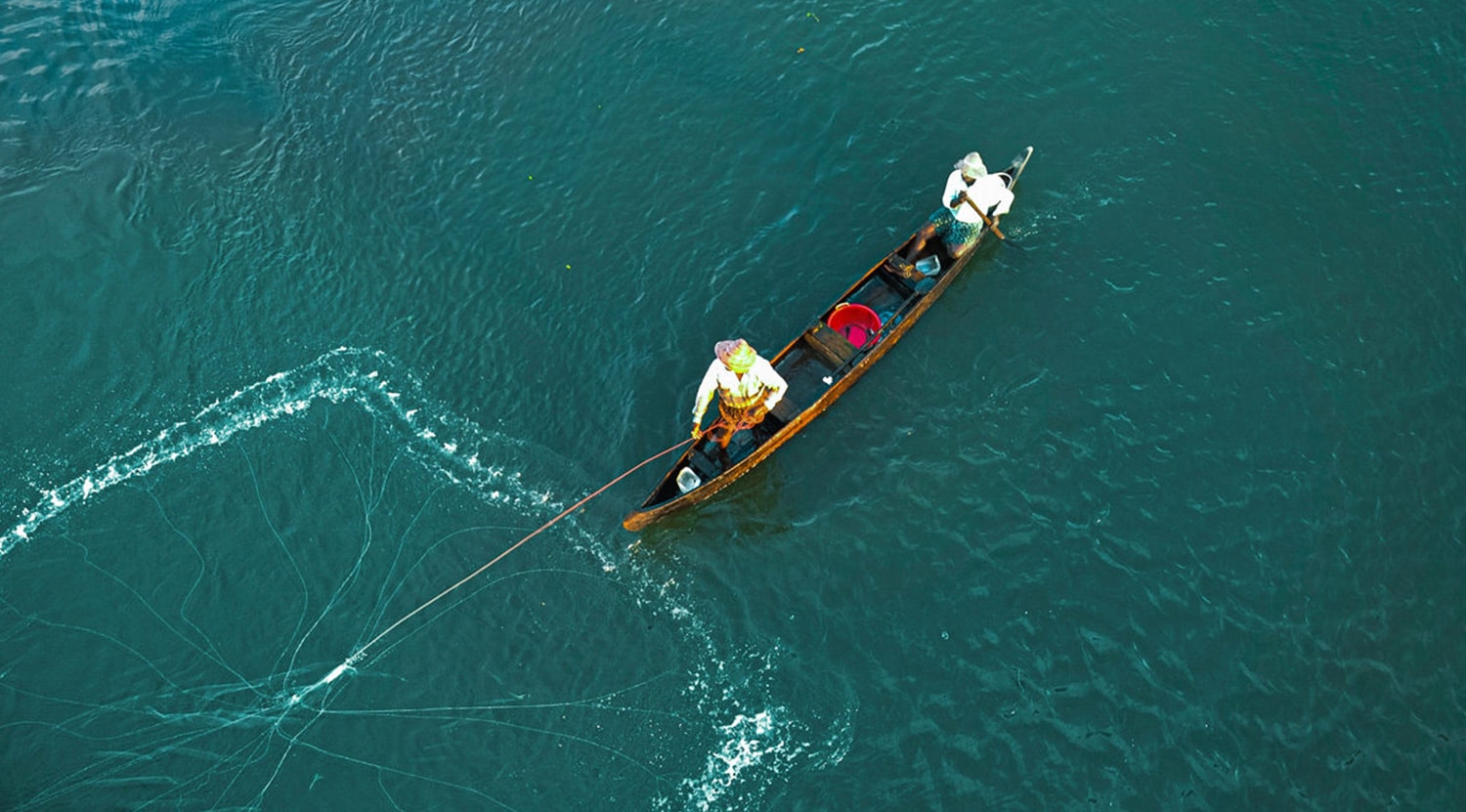
- Onam, a traditional harvest festival in Kerala and a day celebrating happiness, peace and prosperity, has been marred by natural disasters and economic crises in the past few years.
- The COVID-19 pandemic and the associated lockdown has added to the situation for Onam this year.
- It is an occasion to remember the causal link between good environment and sound economics.
Trains have eased in Thrissur in Kerala. The sun stays longer than overcast skies. Flowers have opened bright – different sizes, different colours. The pollinators are busy, moving from flower to flower. The mongoose family in the empty plot moves in and out of the grass and weed canopy that has overgrown the land. Sitting ever so lightly on shrubs, the tailor bird couple is noisily planning a home and a family. This is the season of Onam, which falls on Monday.
Onam is like the spring festival of the colder countries. It is when, after the dark and rainy days of the southwest monsoon of the previous months starting June, there is a sunny respite before the rains of the northeast monsoon take over. It is also the period when it is time to harvest the first rice crop that had been sown with the monsoon rains of June.
According to a study by the Indian Institute of Tropical Meteorology compiling rainfall data from 1871 to 2016, Kerala receives maximum rainfall in the month of June at 679.6 mm, followed by July at 633.4 mm and August at 375.8 mm. Of the state’s average annual rainfall of 2816.6 mm, the southwest monsoon months of June to September record the highest rainfall of 1918.7 mm, followed by the northeast monsoon months of October to December at 478.8 mm. January and February are the dry months with an average rainfall of 27.1 mm, and in the March to May period, the pre-monsoon rains bring in 391.9 mm.
Kerala, a thin strip of land in the southwestern edge of the Indian peninsula, has the tallest ridges south of the Himalayas that block the rain-bearing clouds of the southwest monsoon and make them precipitate their load. And being in that part of the peninsula where it narrows, the state also gets rain from the northeast monsoon. While the southwest monsoon brings a series of rain-sun-rain combines, the northeast monsoon has heavy showers, mostly in the evenings.
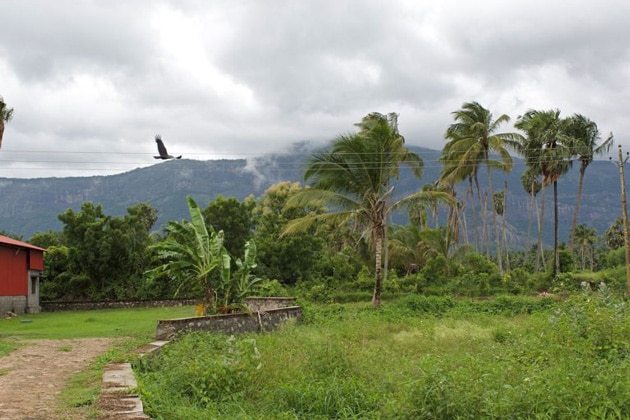
A changing trend
There is a story in Kerala – perhaps apocryphal – that talks of the time when the Portuguese adventurer Vasco da Gama was taking pepper seedlings to his home country. Worried that this will make their kingdom lose its advantage, courtiers rushed to complain to Zamorin, the king of Kozhikode. “The foreigner can take our pepper, but can he take our Thiruvathira njattuvela?” the Zamorin reportedly asked his people.
Thiruvathira njattuvela is a fortnight marked out in the Malayalam calendar, which comes in June-July, when there is a heavy dose of rain interspersed with sunshine, which is considered as an ideal growing condition for pepper.
However, this trend has changed in the years since 2018, with the month of August recording the maximum amount of rain (see graphs below), causing floods and landslides in that month. The floods of 2019 and 2020 were not as severe as that of 2018 because in these two years the June and July rains were deficient than the normal, and hence there was a cushion for absorption of the excess rains. In 2018, there was above normal rainfall in June and July itself and the downpour of August caused the once-in-a-century floods.
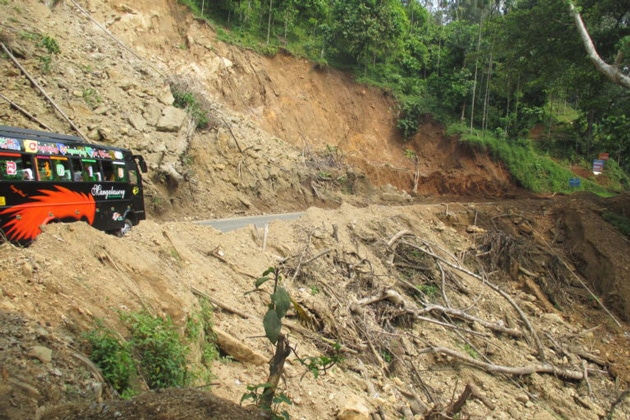
It is the changing seasonality of rains and its unreliability that is causing environmental problems in Kerala. At its broadest, the state is about 100 km, with the Western Ghats ridge forming its boundary. In this short distance, the heavy precipitation flows down from an average height of around 1,300 metres (the highest peak, Anamudi, is at 2,695 m). A sharp westward gradient, the presence of 41 rivers draining the rains to the Arabian Sea and seasonally distributed rainfall have been protecting Kerala from frequent floods.
However, that has been changing in recent years. With drier June and July, there have been heavy downpours in August, causing the ‘S’ curve in the rainfall graphs of the past three years. The problems caused by the heavy rainfall are amplified by manmade changes in the drainage channels, increasing urbanisation, changes in the cropping patterns and large-scale changes in land use. Floods and landslides are becoming annual events in Kerala, destroying agriculture and adding an economic woe to the people every year.
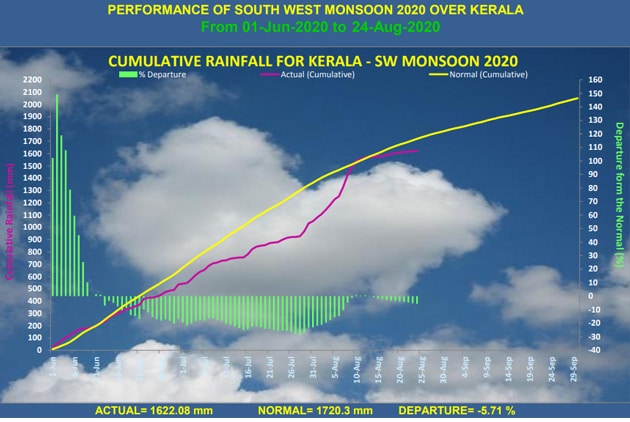

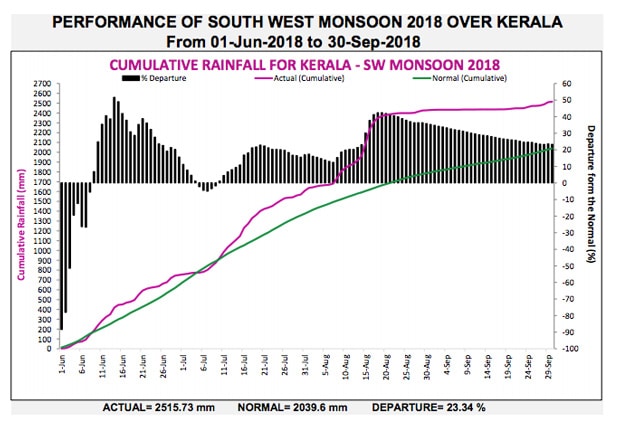
Disasters related to heavy rainfall are happening in areas that had escaped them in the past. The worst incident in 2020 was the landslide in Pettimudi village in Anamalai hills of Idukki district, where a massive landslide buried a line of tea plantation worker housing. Even while encroachments and unplanned construction had made landslides common in other parts of Anamalai or Munnar hills, Pettimudi is in a remote area where there has hardly been any changes to land use in years.
A failed kickstart to Kerala’s economy?
Like Diwali in north India, Onam is also the period that traditionally kickstarts the consumption cycle in Kerala. But 2020 is different. The COVID-19 pandemic, the lockdown, job losses in Kerala and also in the Gulf countries from where Keralites are returning in the thousands has poured cold water over people’s spending. The adverse impact this year is more than that of the immediately previous years, when the impact of demonetisation, goods and service tax rollout confusion, and the floods of 2018 and 2019 had dampened people’s Onam spending.
With agriculture focussed mainly on cash crops and plantations, and with minimal industrialisation, Kerala is mostly a consumerist state. For instance, Kerala was fourth in the list according to a compiled report on mid and premium hatchback car sales in 2019-20. A total of 51,526 units were sold in Kerala, whereas in Gujarat with the highest sales figure 60,160 units were sold. To put this figure in perspective – Kerala recorded a population of 33.40 million in the 2011 Census, whereas Gujarat recorded 60.43 million.
Kerala tops the list of states receiving foreign remittance. According to the 2016-17 report published by the Reserve Bank of India in 2018, Kerala received 19 percent of the remittance into the country. According to migration studies expert S. Irudaya Rajan, with the Centre for Development Studies, the state receives close to Rs 850 billion annually through remittances from abroad. The gross state domestic product (GSDP) for Kerala for 2019-20 was Rs 8.71 trillion. Thus, foreign remittances contribute to approximately 10 percent of the state’s GDP.
Rajan estimates that by September at least 300,000 Keralites would have returned from the Gulf countries. Even before the economic impact of the pandemic had set in, he had estimated a 15 percent decline in foreign remittances.
The pandemic has also brought tourism, another significant source of income for Kerala, to a near-total halt. Since the time the Kerala government launched the ‘God’s own country’ campaign in the mid-1990s, there has been a growth in earnings from tourism. It was looking good before the pandemic, as in 2019-20 the state earned Rs. 450.10 billion from 18.38 million domestic and 1.18 million foreign tourists.
In the weeks before Onam, the COVID-19 infections have made a strong comeback in Kerala. The state had won international praise for tracing and controlling the spread of the infection in the initial months. The caseload increased when the lockdown lifted and non-resident Keralites returned from different parts of the world. Now, the state has moved to the third phase, where community transmission has overtaken everything else, and the daily instances of new cases have moved to around 2,000 from the early phases of around 100.
Due to the multiple economic downturns across recent years, a siege mentality has set in with people wanting to save more rather than spend money. Even among the Keralite NRIs there is a greater thrust for savings. In mid-2020 the NRI deposits in Kerala banks crossed Rs. 2 trillion.
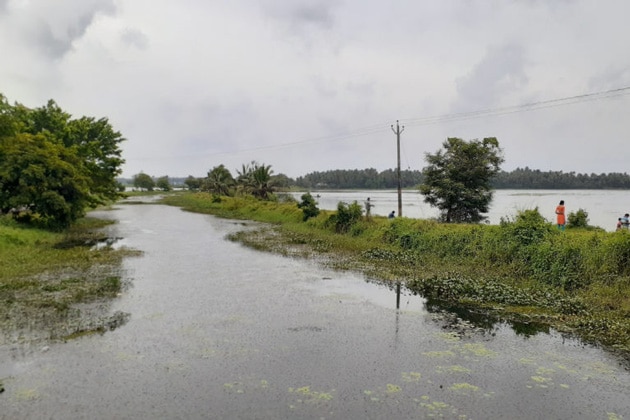
Election pressures
In addition to environmental disasters and economic downturn, Onam in 2020 has an added pressure. The state is to go for elections soon – first the elections for the local self government institutions scheduled before the end of the year, and then the Assembly elections by mid 2021.
Even while the state government stayed on top of the situation while managing the floods of August 2018 and the present COVID-19 pandemic, it was attacked by the opposition parties on multiple fronts. After the floods and continuing up to the national elections of 2019 was the Sabarimala issue that caused controversy, now there are multiple issues being fought.
These controversies have added pressure on the state government to prove its development achievements, and recently it announced a series of projects that could have an adverse impact on the environment. This includes the hydro-electric project at Athirappily, dedicated tracks for a semi-high speed railway and an airport for Sabarimala.
Myth and reality
Onam is a day when the feudal-agrarian myth of the yesteryears meets with the democratic-commercial realities of the present day. In myth, a benevolent and caring King Maveli of the past returns to meet his subjects, who prepare their homes with floral decorations and a feast. In reality, hardworking families gather together to share a good harvest, improved incomes or business returns. The extended reality of the recent years has been crops damaged due to floods or droughts, incomes diminished due to loss of employment and pay cuts, and loss of business due to lockdowns.
The Maveli lore talks about a time when there was peace, justice and economic prosperity. What is not mentioned, but is taken for granted, is that for this to have happened there would have been timely and copious rains, rivers would have flowed unhindered and agricultural fields would have had rich, productive soils. It is good to remember this cause and effect link every Onam.
This article first appeared on Mongabay.


